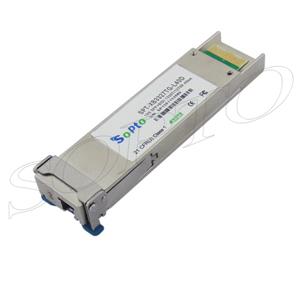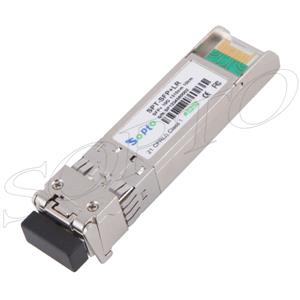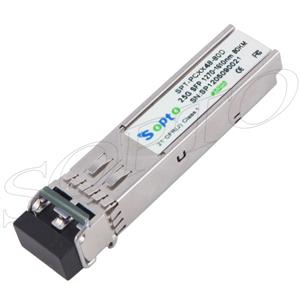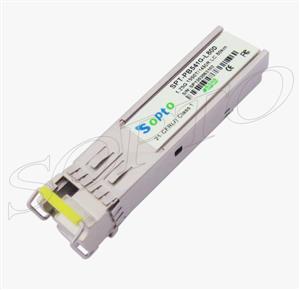-

- Sopto Home
-

- Special Topic
-

- Module Knowledge
-

- Optical Module-Laser Types
Module Knowledge
- Tips for Buying 10G XFP Transceivers
- XFP Transceivers for Telecommunications
- Three Types of Ethernet SFP Transceiver Modules Introduction
- Info about High Density CXP Optical Module
- Multipurpose CFP Optical Modules
- Info about CFP Management Interface
- SFP+ Transceivers Short Range Module Overview
- 3 Reasons Every Network Needs GLC-LH-SM Transceiver
- Is the GLC-SX-MM Transceiver Right for Your Switch?
SOPTO Special Topic
Certificate



Guarantee
Except products belongs to Bargain Shop section, all products are warranted by SOPTO only to purchasers for resale or for use in business or original equipment manufacturer, against defects in workmanship or materials under normal use (consumables, normal tear and wear excluded) for one year after date of purchase from SOPTO, unless otherwise stated...
Return Policies
Defective products will be accepted for exchange, at our discretion, within 14 days from receipt. Buyer might be requested to return the defective products to SOPTO for verification or authorized service location, as SOPTO designated, shipping costs prepaid. .....
Applications
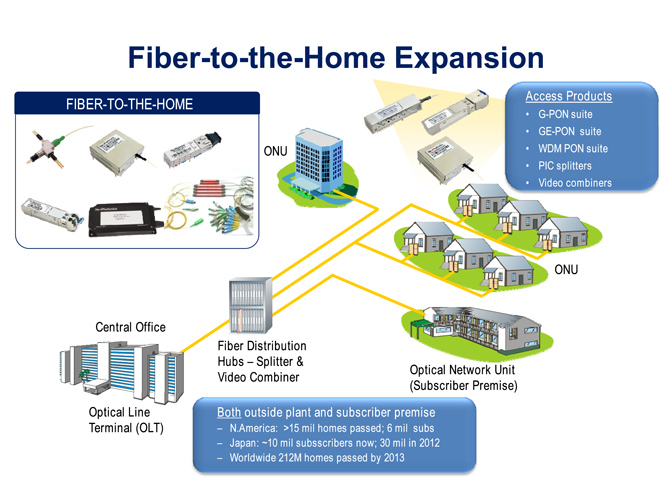 Fiber Optic Transceiver Modules can be applied to these occasions or fields.
Fiber Optic Transceiver Modules can be applied to these occasions or fields.
Ethernet
IPTV
FTTX
Security
Video Monitor
SDH/SONET
Data Communication
Storage Area Networks
SOPTO Products
- Fiber Optic Transceiver Module
- High Speed Cable
- Fiber Optical Cable
- Fiber Optical Patch Cords
- Splitter CWDM DWDM
- PON Solution
- FTTH Box ODF Closure
- PCI-E Network Card
- Network Cables
- Fiber Optical Adapter
- Fiber Optical Attenuator
- Fiber Media Converter
- PDH Multiplexers
- Protocol Converter
- Digital Video Multiplexer
- Fiber Optical Tools
- Compatible
Performance Feature
Stable
Low cost
Small size
Economic
Dust-proof
High speed
Hot-pluggable
Good EMI, EMC
Wide appliaction field
DDM function available
Long transmission distance
Good Anti-static performance
Module Knowledge
Recommended
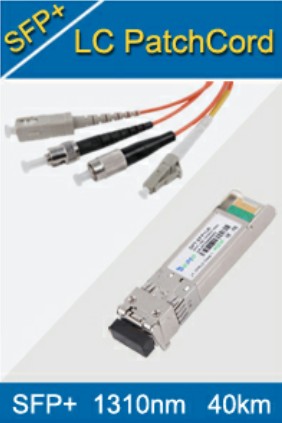
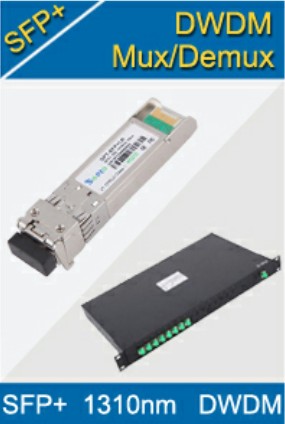
Laser Types
There are two basic types of laser diode structures: Fabry-Perot (FP) and distributed feedback (DFB). Of the two types of lasers, Fabry-Perot lasers are the most economical, but they are generally noisy, slower devices. DFB lasers are quieter devices (e.g., high signal-to-noise), have narrower spectral widths, and are usually faster devices. DFB lasers offer the highest performance levels and also the highest cost of the two types. They are nearly monochromatic (i.e. they emit a very pure single color of light.) while FP lasers emit light at a number of discrete wavelengths.
DFB lasers tend to be used for the highest speed digital applications and for most analog applications because of their faster speed, lower noise, and superior linearity. Fabry-Perot lasers further break down into buried hetero (BH) and multi-quantum well (MQW) types. BH and related styles ruled for many years, but now MQW types are becoming very widespread. MQW lasers offer significant advantages over all former types of Fabry-Perot lasers.
They offer lower threshold current, higher slope efficiency, lower noise, better linearity, and much greater stability over temperature. As a bonus, the performance margins of MQW lasers are so great, laser manufacturers get better yields, so laser cost is reduced. One disadvantage of MQW lasers is their tendency to be more susceptible to back reflections. See article "Laser Back reflection - The Bane of Good Performance" for more information.
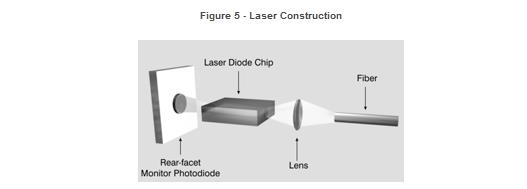
VCSELs are a new laser structure that emits laser light vertically from its surface and has vertical laser cavity. Figure 6 illustrates the structure of a VCSEL.
Figure 6 - Basic VCSEL Structure
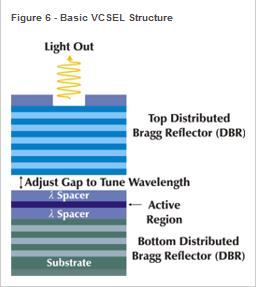
The VCSEL's principles of operation closely resembles those of conventional edge-emitting semiconductor lasers. The heart of the VCSEL is an electrically pumped gain region, also called the active region, emits light. Layers of varying semiconductor materials above and below the gain region create mirrors.
Each mirror reflects a narrow range of wavelengths back into the cavity causing light emission at a single wavelength. VCSELs are typically multi-quantum well (MQW) devices with lasing occurring in layers only 20-30 atoms thick. Bragg-reflectors with as many as 120 mirror layers form the laser reflectors.
There are many advantages to VCSELs. Their small size and high efficiency mirrors produce a low threshold current, below 1 mA. The transfer function allows stability over a wide temperature range, a feature that is unique to this type of laser diode. These features make the VCSEL ideal for applications that require an array of devices.
Related Knowledge:
- Optical Module-Backreflection
- Fiber optic transceiver and fiber connectors
- Laser Diode Performance Characteristics
- Optical Module-Analog Laser Drive Circuits
- Optical Module-CWDM and DWDM
Guess Products You May Like:






